Entering the World Wide Web

In this day and age, as creatives, we are highly dependent on the tools that social media provides us. Instagram, at the time of this course’s publication, is the largest platform for creatives and offers us very powerful features to bring our ideas to the world without any financial resources. Unfortunately, this makes us highly dependent, because a hacked account or an invisible penalty by the algorithm can destroy an entire career. We’ve also seen complete platforms disappear time and time again over the last 20 years: Myspace, for example, used to be the biggest social network ever, and even the reasonably open Tumblr is now completely irrelevant. Many of the political practices and the power of the big companies in Sillicon Valley are highly questionable and dangerous. Anyone who has ever seen the brilliant documentary The Social Dilemma on Netflix understands much better why we as users are part of a dangerous system.
When Tim Berners-Lee invented the World Wide Web in the end of the 1980s, he had something very different in mind than what we think of as the Internet today. His vision was to design an open and freely accessible digital landscape that would give everyone in the world access to knowledge and the ability to share their own content without a large monopoly profiting or, in the worst case, even dictating the exact direction in its own favor.
In the nineties, all it took to create a website was to learn a simple language called HTML, which allowed documents to be cleverly linked together using hyperlinks. Today, that may sound pretty medieval, but hyperlinking documents as we know it today from Wikipedia is one of the greatest inventions of the modern era. We’ve passed too quickly by the awesome potential of web technologies. Unfortunately, the Fear of Missing out (F.O.M.O.) pushes us to always look for the better in the new.
Having our own website frees us a great deal from our dependencies on the apps and services of the big players. It allows us to present our content in our unique way and to design it the way we want. And the potential of web technologies today goes far beyond the development of websites. With the triad of basic languages HTML, CSS and Javascript alone, it is now possible to develop not only simple layouts, but complex interactive spaces and works of art. This is proven by artists of Net Art or the scene around Web Brutalism. As always I like to refer to Yehwan Song, who inspires me continuously with her work.
As a web developer, I have implemented many large projects over the last 10 years and know the basic technologies of the World Wide Web pretty well. I have experimented a lot with frontend technologies, founded a webdevelopment community and most importantly coded my own platform timrodenbroeker.de completely by myself.
All these are reasons why I want to offer web technologies on this platform in my online courses in the future and especially in 2023. I’ve been working on this for a few months now and I’m really looking forward to share first insights into this process soon.
Now you might ask yourself how far the work with web technologies fits together with my courses for Processing. Here I can reassure you: On the one hand, Processing is and remains the didactic foundation of my teaching and I never tire of emphasizing that, in my view, there is no better language for learning creative coding. For me, the language itself only plays a role insofar as what possibilities it brings with it. Processing is a great technology for generative design, a kind of Swiss Army knife for artistic work with programming.
Web technologies like HTML and CSS, on the other hand, empower us to show and stage our work. I think in terms of a connected system of languages that positively influence each other and where each serves a function. Thereby my main topic remains Creative Coding.
I’m totally excited to hear your thoughts! Please feel free to give me your feedback on Discord or on Patreon. I look forward to reading from you.
Related Links
Related
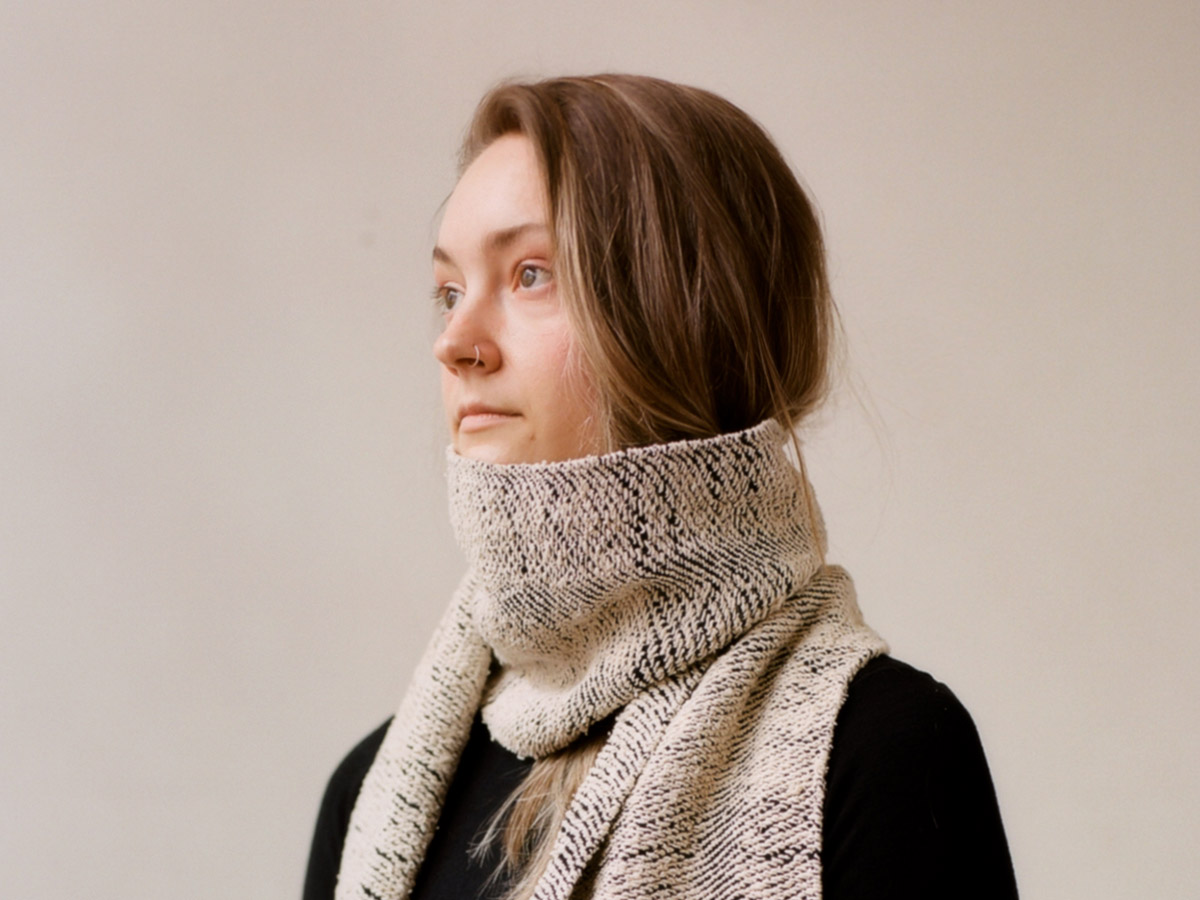 Sam Griffith connects Creative Coding with Enviromentalism
Sam Griffith connects Creative Coding with Enviromentalism
In this post I’d like to introduce you to Sam Griffith, a talented graphic designer based in Detroit, to discuss […]
 128kb at DEMO Festival 2025
128kb at DEMO Festival 2025
Hi friends! I will be in the jury of the DEMO Festival again, which is a great honor to me. […]
 Throwback: My Talk at Demo Festival 2022
Throwback: My Talk at Demo Festival 2022
The next edition of the DEMO Festival is already approaching and I am currently developing a brand new talk for […]
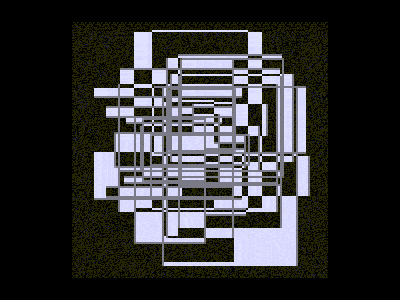 Powers of Two – 128kb by Lena Weber
Powers of Two – 128kb by Lena Weber
20 = 1 21 = 222 = 323 = 824 = 1625 = 3226 = 6427 = 128 … »In […]
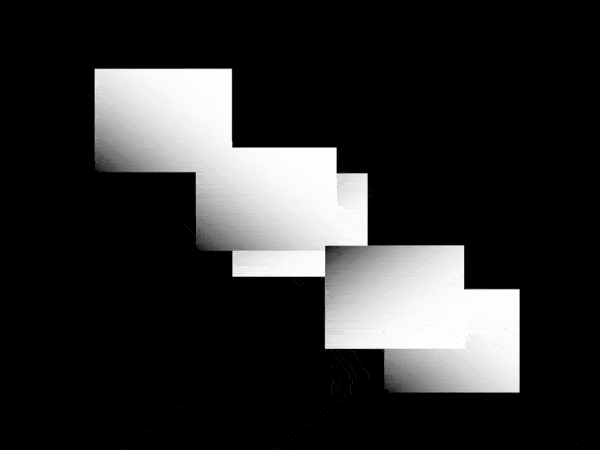 A Call for Coding Designers
A Call for Coding Designers
This is a call for coding designers. It aims to serve as a proposal and a provocation for creative work […]
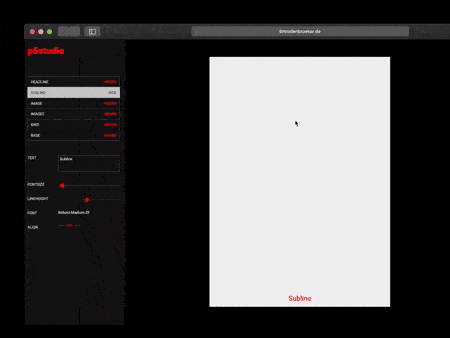 p5.js Design Tools Directory
p5.js Design Tools Directory
Hi! In this post I’ll collect case studies and direct links to tools that people have built with p5.js and […]
 A p5.js starter template for the 128kb Challenge
A p5.js starter template for the 128kb Challenge
Your 128kb journey starts here! This is a template you can use to start developing your idea within the 128kb […]
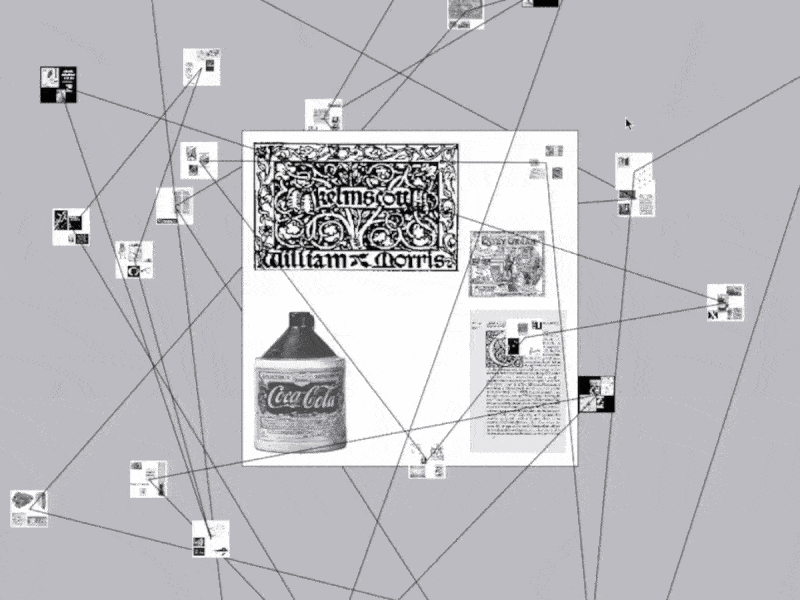 Omid Nemalhabib explores the intersection of Creative Coding and Perso-Arabic Typography
Omid Nemalhabib explores the intersection of Creative Coding and Perso-Arabic Typography
In 2022, I spontaneously posted a story on Instagram: If anyone out there is also in Rotterdam, I’d love to […]
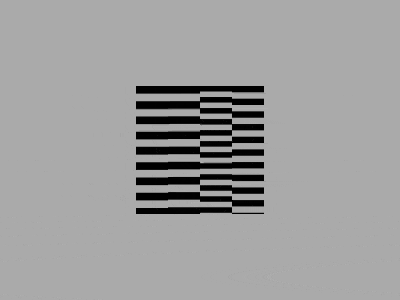 The 128kb Framework and its Aesthetic Characteristics
The 128kb Framework and its Aesthetic Characteristics
One day in early 2024 I started to experiment with a new idea. I wrote down a set of rules […]
 A conversation with Talia Cotton
A conversation with Talia Cotton
During OFFF Festival here in Barcelona, many interesting people come around! This interview with Talia Cotton came about almost by […]
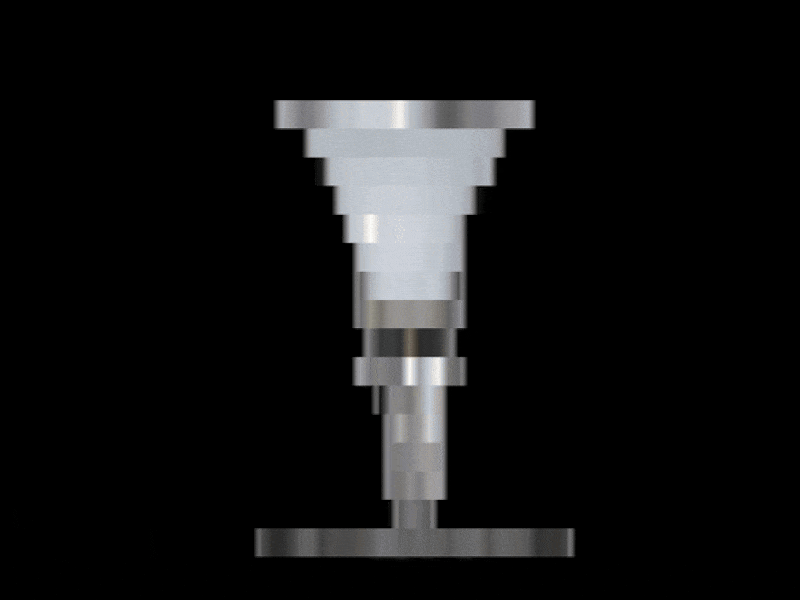 Lena Weber about her collaboration with A. G. Cook
Lena Weber about her collaboration with A. G. Cook
Lena: This 10-minute visualiser for A. G. Cooks album teaser featuring my python archive generator, is one of my favourite […]
 A conversation with Anna Shams Ili
A conversation with Anna Shams Ili
Hi Anna! It was super nice to meet you at the PCD CPH, I really liked your talk in which […]
 Coding Systems: New Workshop Dates!
Coding Systems: New Workshop Dates!
When I held Martin Lorenz’s new book in my hands and turned it onto its back, I was a little […]
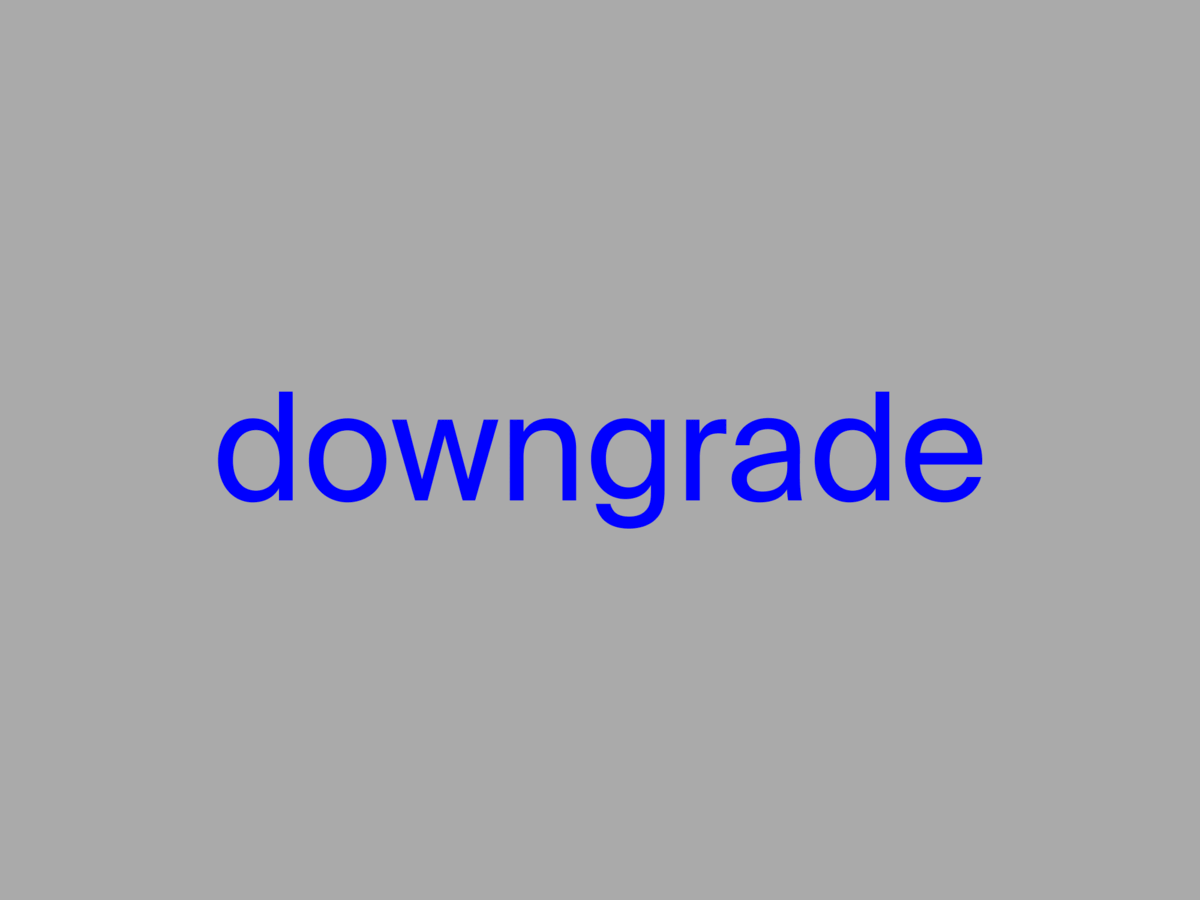 My new writing project “downgrade” is live
My new writing project “downgrade” is live
Hey folks, I hope you are doing great! You may have already read one or two of my essays that […]
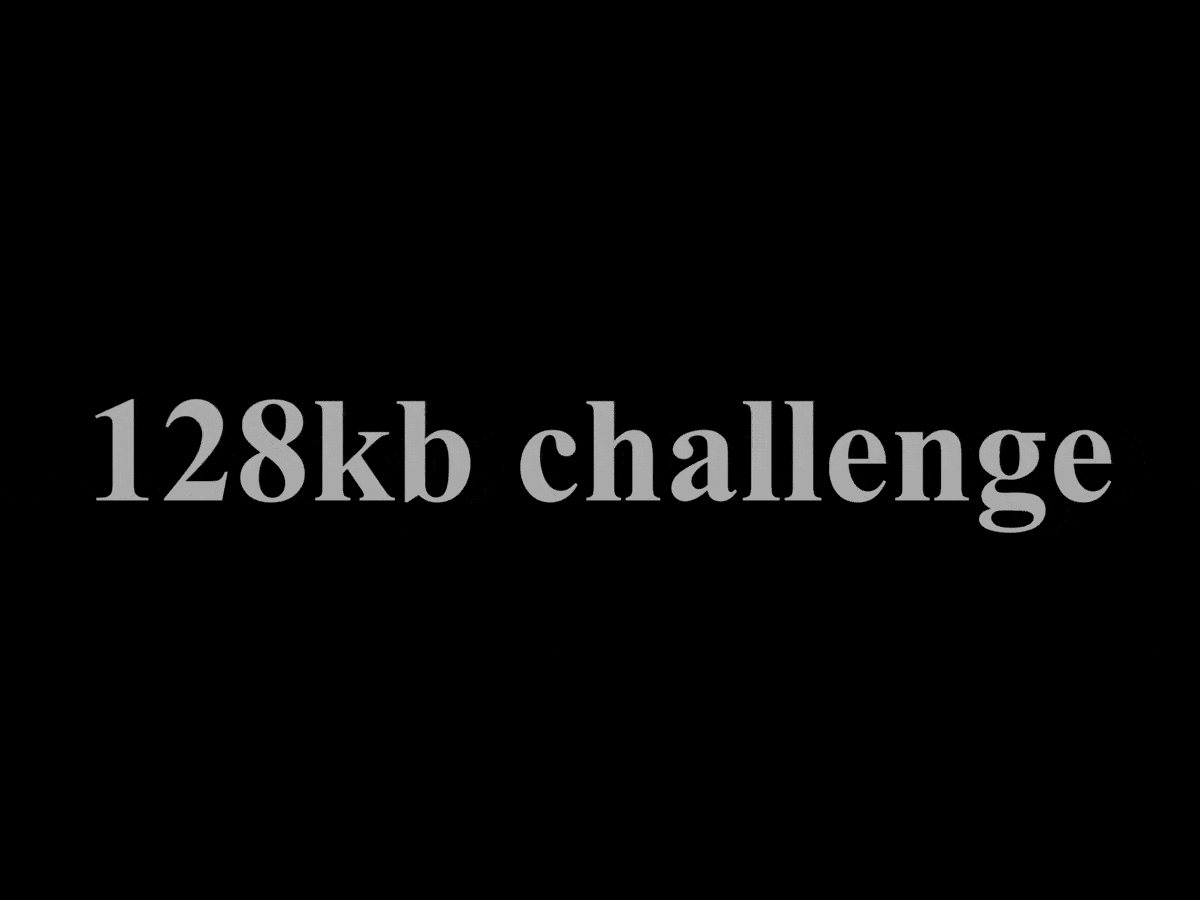 Join the 128kb challenge!
Join the 128kb challenge!
Instagram, Twitter, TikTok… All the main platforms that technically have the required features to connect emerging communies for Creative Coding […]
 Ruder Processing Unit by Kevin Koch
Ruder Processing Unit by Kevin Koch
In my teaching at universities and in workshops, I have met many very enthusiastic and highly talented people who have […]
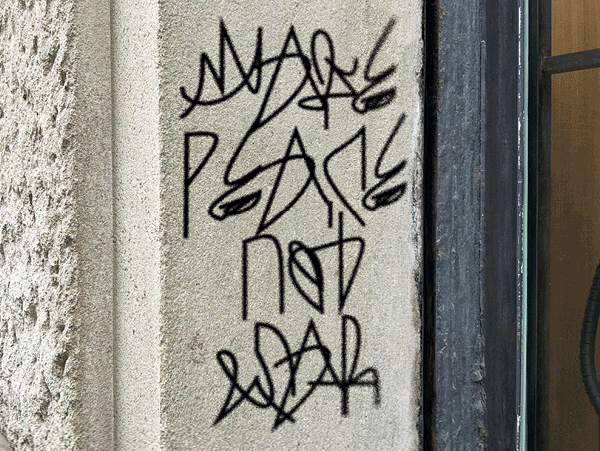 Computer Cursive by Tay Papon Punyahotra
Computer Cursive by Tay Papon Punyahotra
One of the first exercises I assign to my students in my seminars is called “Random Compositions”. Basically, it’s quite […]
 A reflection on Processing Community Day Copenhagen 2023
A reflection on Processing Community Day Copenhagen 2023
I’ve been travelling a lot in the last few months. Still, it was only during a short stay in Copenhagen […]
 Ksawery Kirklewski on his Symphony in Acid
Ksawery Kirklewski on his Symphony in Acid
For me, it’s by far the most inspiring project of the last few years: “Symphony in Acid”, a collaboration between […]
